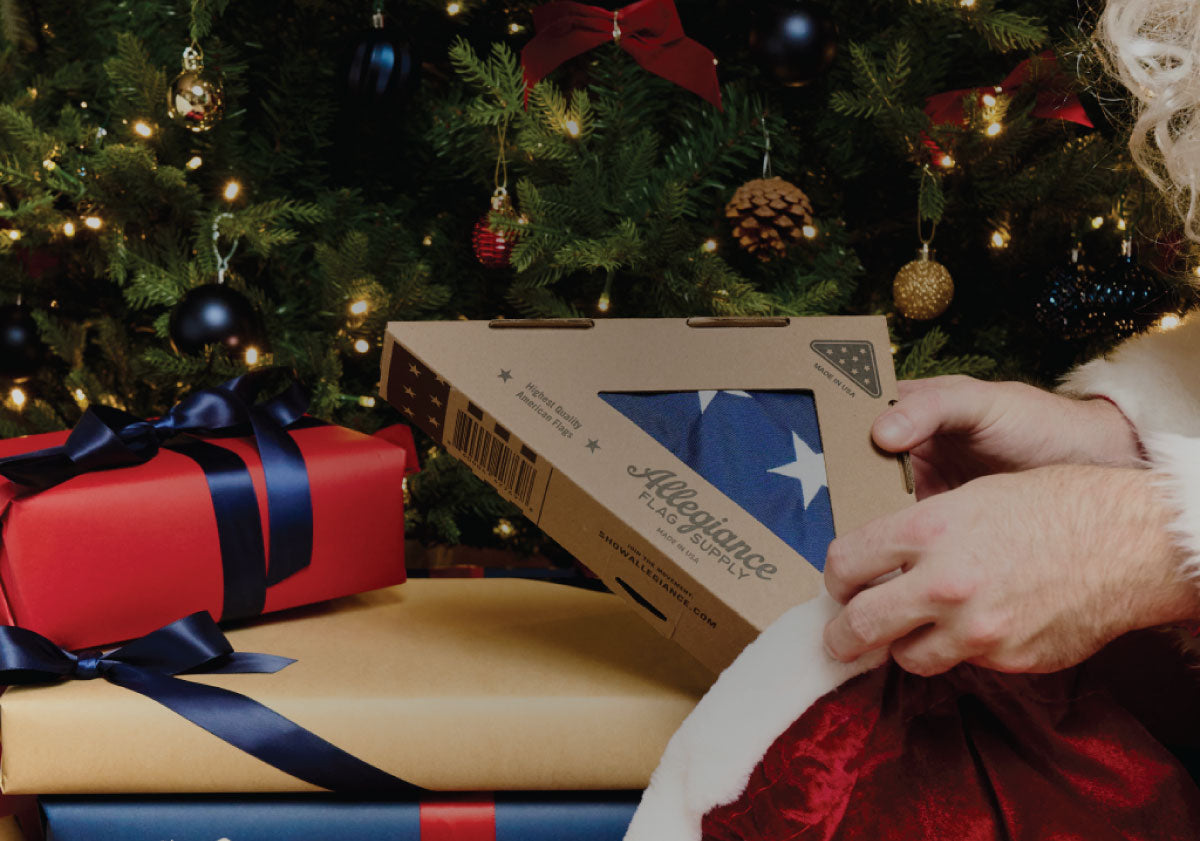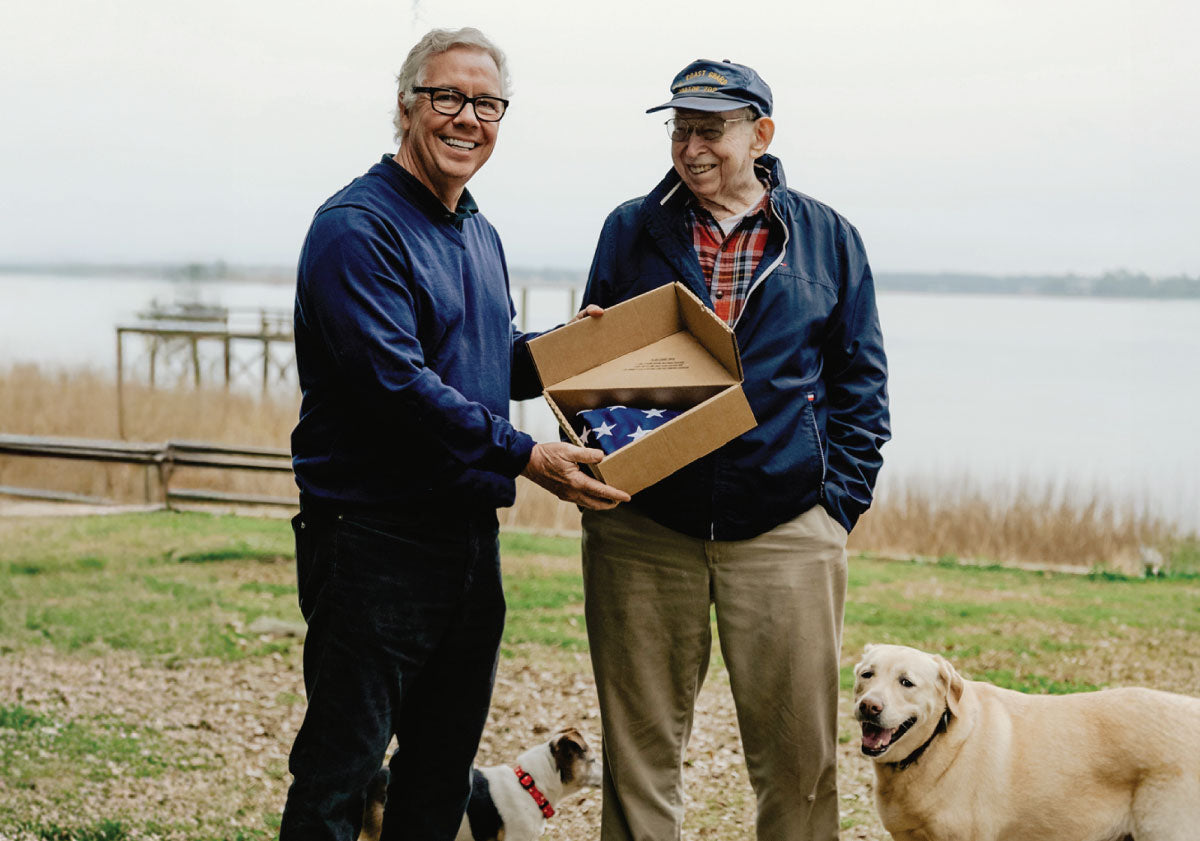
The tradition of celebrating Thanksgiving on Thursday dates to the early history of the Plymouth and Massachusetts Bay colonies, when post-harvest holidays were celebrated on the weekday regularly set aside as “Lecture Day,” a midweek church meeting where topical sermons were presented. A famous Thanksgiving observance occurred in the autumn of 1621, when Plymouth governor William Bradford invited local members of the Wampanoag tribe to join the Pilgrims in a festival held in gratitude for the bounty of the season.

The Thanksgiving meal in Plymouth probably had little in common with today’s traditional holiday spread. Although turkeys were indigenous, there’s no record of a big, roasted bird at the feast. The Wampanoag brought deer and there would have been lots of local seafood (mussels, lobster, bass) plus the fruits of the first pilgrim harvest, including pumpkin. No mashed potatoes, though. Potatoes had only been recently shipped back to Europe from South America.

While the autumn harvest feast between the Colonists and Wampanoag Indians in 1621 in Plymouth, Massachusetts is widely acknowledged as one of the first Thanksgiving celebrations, some historians argue that Florida, not Massachusetts, may have been the true site of the first Thanksgiving in North America. In 1565, nearly 60 years before Plymouth, a Spanish fleet came ashore and planted a cross in the sandy beach to christen the new settlement of St. Augustine. To celebrate the arrival and give thanks for God’s providence, the 800 Spanish settlers shared a festive meal with the native Timucuan people.

Before becoming a national holiday, America first called for a national day of thanksgiving to celebrate victory over the British in the Battle of Saratoga. In 1789, George Washington again called for national day of thanks on the last Thursday of November to commemorate the end of the Revolutionary War and the ratification of the Constitution. And during the Civil War, both the Confederacy and the Union issued Thanksgiving Day proclamations following major victories.


The first official proclamation of a national Thanksgiving holiday came in 1863, when President Abraham Lincoln called for an annual Thanksgiving celebration on the final Thursday in November. The proclamation was the result of years of impassioned lobbying by "Mary Had a Little Lamb" author and abolitionist Sarah Josepha Hale.

Breaking with Lincoln’s tradition, President Franklin D. Roosevelt, concerned that the Christmas shopping season was cut short by a late Thanksgiving, decreed that Thanksgiving would be celebrated a week earlier, on the next to last Thursday, in 1939. Considerable controversy surrounded this deviation, and some Americans refused to honor Roosevelt’s declaration. On November 26, 1941, he admitted his mistake and signed a bill into law officially making the fourth Thursday in November the national holiday of Thanksgiving Day.

While the Macy's Thanksgiving Day Parade started in 1924 as the "Big Christmas Parade”, the first oversized balloons debuted in 1927. The brainchild of Anthony Frederick Sarg, a German-born puppeteer and theatrical designer who also created Macy’s fantastical Christmas window displays, the first balloons were filled with oxygen, not helium. That year they featured Felix the Cat and inflated animals like elephants, tigers and a giant hummingbird.

Starting in the 1940s, farmers would gift the president with some plump birds for roast turkey over the holidays, which the first family would invariably eat. While President John F. Kennedy was the first American president to spare a turkey's life (“We’ll just let this one grow,” JFK quipped in 1963. “It’s our Thanksgiving present to him.”), the annual White House tradition of “pardoning” a turkey officially started with George H. W. Bush in 1989.

Around 46 million turkeys are eaten around Thanksgiving, according to the US Poultry and Egg Association. That's around as many turkeys as the entire population of Spain.

Americans consume 80 million pounds of cranberries during Thanksgiving, including 5,062,500 gallons of jellied cranberry — enough to fill nearly eight Olympic-sized swimming pools.






